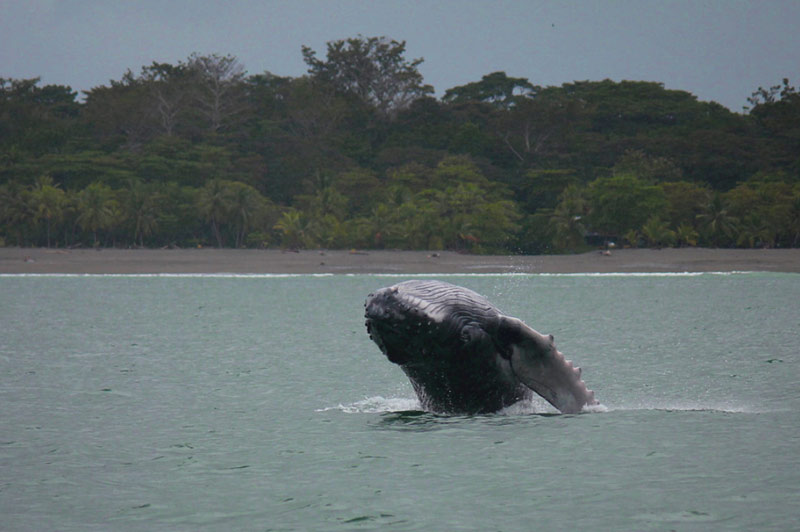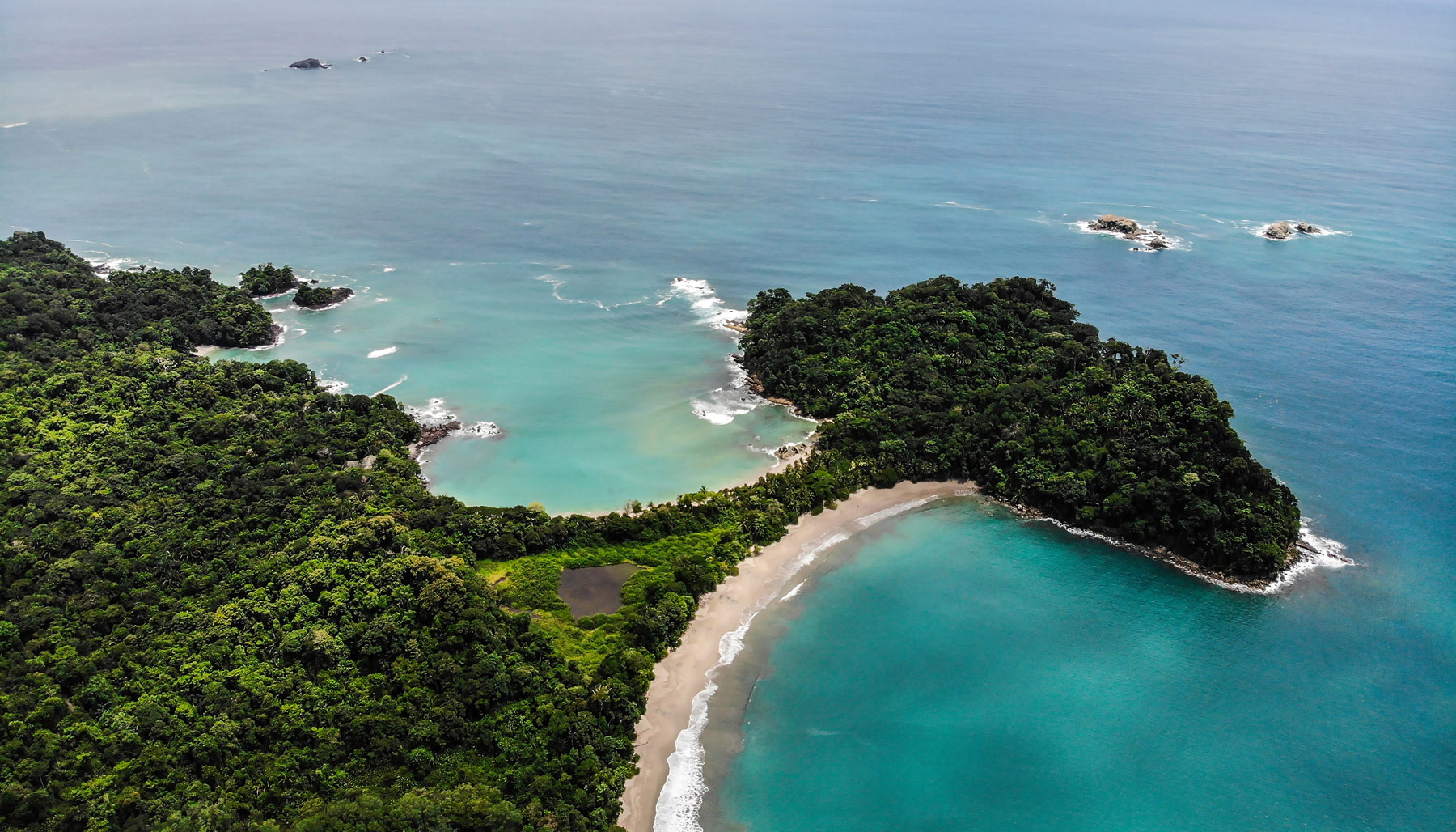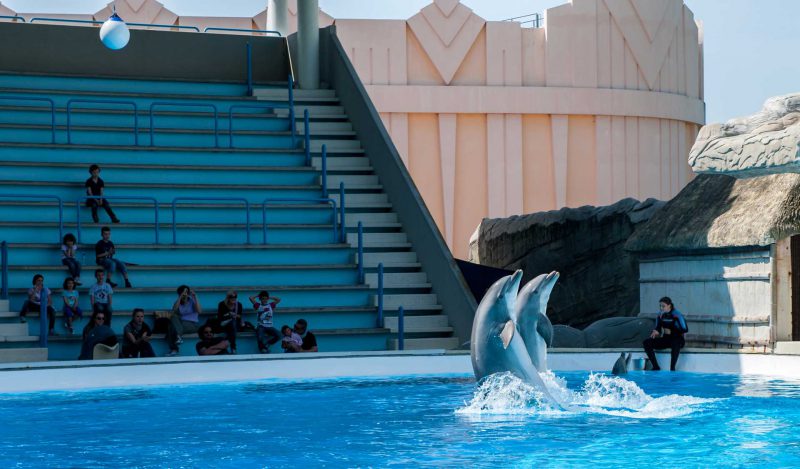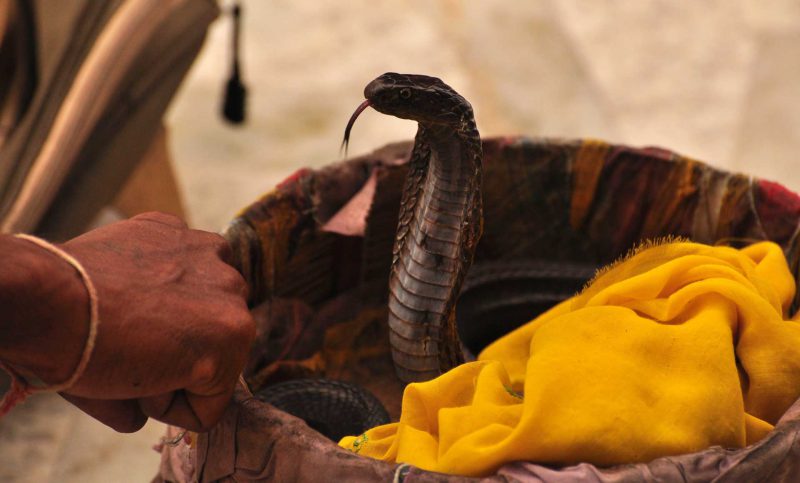by Phoebe Edge , Costa Rica Research Field Assistant

Pura vida! For anyone who has visited Costa Rica they will explain to you that this phrase defines the basic essence of life here. For Ticos (slang for Costa Ricans), it is a simple expression of happiness, optimism, and living life to the fullest. It is literally impossible to visit Costa Rica without hearing this phrase continuously. And honestly, it doesn’t take long to get into the Pura Vida spirit once you are here.
I have lived in South Pacific Costa Rica for over a decade now and, over and over again, people tell me that the unforced kindness of the Costa Rican people made their visit here that much more special. Visitors quickly discover that Ticos take immense pride in their country and share it through their hospitality. Costa Rica is synonymous with peace and democracy. It became the first country in the modern world to abolish its military army in 1948. Family is very important to Ticos as well.
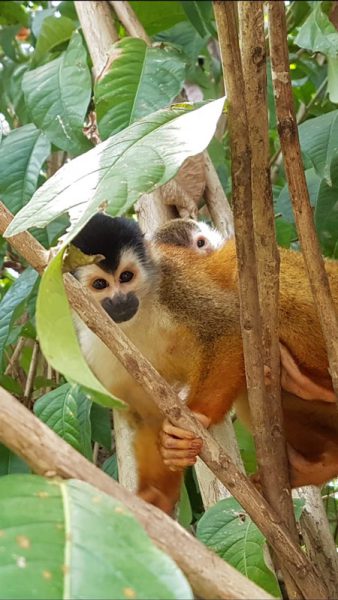
All of this keeps the country strong and on an even keel. I can safely say that the love the Ticos have for their country and its unique and exquisite natural beauty is completely infectious, and you feel inspired to help preserve it as they do. It’s in everything they say and do.
Costa Rica covers a mere 0.03% of the planet’s surface, yet it has become world renowned for being a haven for biodiversity. Not only does the extensive biodiversity provide an abundance of natural beauty, it creates a home for thousands of plant species and animals making it one of the last strongholds. The nation is endowed with over 6% of all life forms on Earth, a high majority of which are endemic meaning they are not found anywhere else. Its tropical climate extends across extreme variations in altitude and covers countless ecosystems. Habitats range from verdant rainforest, lush mangroves, lava fields, serene cloud forests, as well as Atlantic and Pacific Ocean territory. At least 850 bird species can be found, 237 mammal species, 1,260 tree species, 1,200 orchid species, and 361 reptile and amphibian species. These are only the ones we currently know of. Costa Rica harbours thousands of known life forms and thousands more are still yet to be discovered.
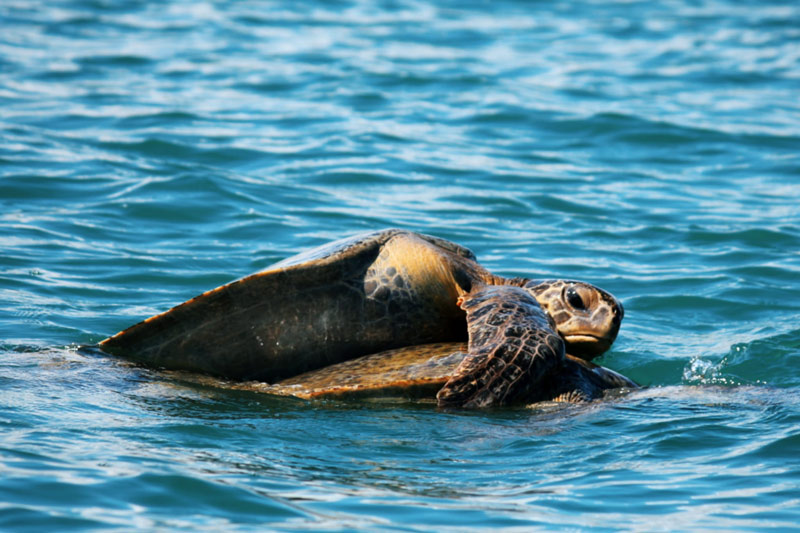
Protecting these natural wonders remains high on the country’s agenda, and thankfully tourism hasn’t wavered in its commitment to conservation. Tourists flock to Costa Rica in the hope of seeing some of the hundreds of species here. Yet it is always managed in a sustainable way. It’s incredible to observe how the forces of nature and local culture interplay and combine so effectively here.
Costa Rica began moving towards ecotourism with the establishment of its first protected area, the Cabo Blanco National Reserve, in 1963. This was then followed by the creation of the first official national parks in 1971. Today the Costa Rican government protects over 1,300,000 hectares. Along with various private reserves operated by non-profit organisations. This means that over 30% of national territory is allocated for conservation – one of the highest ratios in the world. It is for this reason that Costa Rica is often cited as a model for conservation in harmony with community development and economic growth.
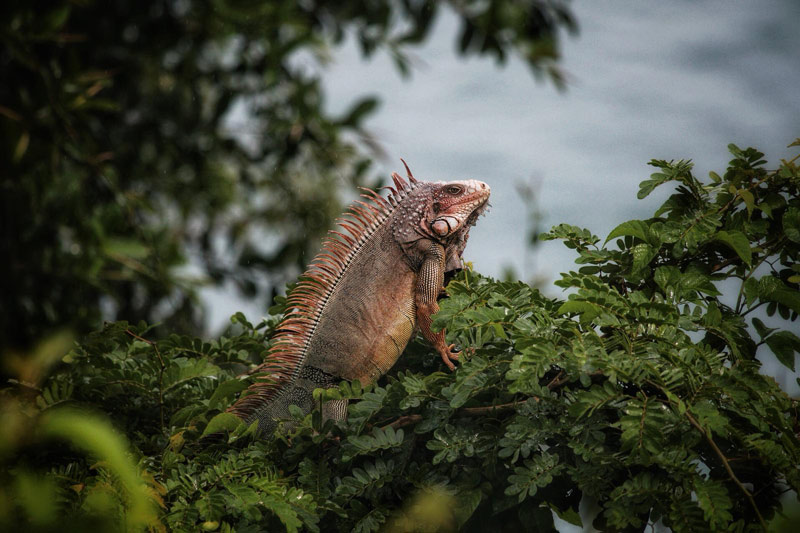
Wet or dry season, dawn or dusk, no day is ever dull here. The more time you spend in Costa Rica you begin to realise how much the smallest details contribute to the most fulfilling experiences. Hearing the sound of bright red scarlet macaws fly overhead through the postcard perfect blue sky never ceases to amaze. Nor nature’s wake-up call of howler monkeys at dawn, while the jungle humidity embraces you and makes you feel like you have taken a step back in time. The stillness of the rainforest punctuated by the various calls of frogs, the rasping of cicadas and the songs of toucans. Crashing waves on deserted beaches whilst sea turtles emerge to lay their eggs. An iridescent blue morpho butterfly fluttering by as whales breach in the background. These may all sound like simple things, they are. Yet the simplicity of these moments are what make them so beautiful. Nature’s perfectly orchestrated moments make the modern world and all its stress fade to insignificance.
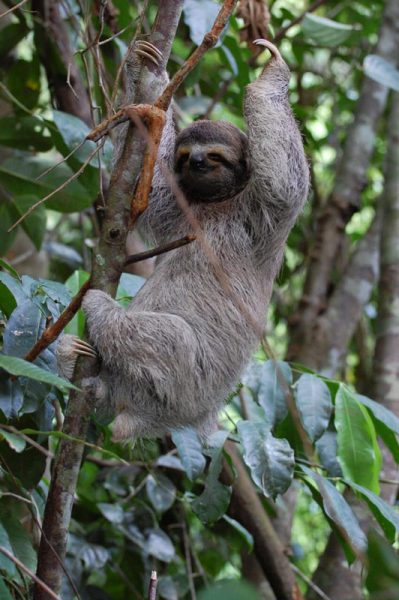
I remember one of my first times out on the Golfo Dulce, where I am now based researching and conserving cetaceans and sea turtles. A small body of water just 15 by 50km in size yet it holds over 20% of all the marine life of Pacific Costa Rica. Within 30 minutes on the water, I managed to see a mother and calf humpback whale. The mama came right by the boat, partially lifted her head out of the water and looked me straight in the eye. I felt my whole body come alive with her energy and couldn’t move for several minutes. And there it was, a life changing moment that will stay with me forever. Connecting with nature is such a comfort and while it feels almost out of body at first, it becomes the norm on a day-to-day basis here. One lasting memory after another.
Costa Rica is overflowing with the most incredible national parks, gorgeous scenery, adventures for everyone, and unique wildlife. There is abundance all around. On top of this, the locals are so welcoming that it makes it extremely hard to leave. So, when you do come to Costa Rica, take it all in and treasure every moment while you say to yourself and everyone you meet along the way like you really, really mean it, “Pura vida!”
